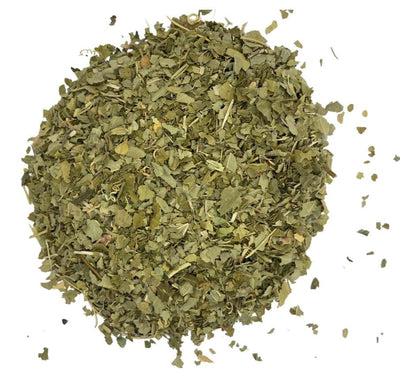Tea Travels to Japan
From China, tea made its way into neighbouring countries along trade routes where it was exchanged for other essential goods such as salt, iron goods, wool and cotton. It also found a home in new lands as Buddhist monks travelled to and from China to study their religion.

Conducting a Japanese Tea ceremony
In the 9th century A.D, the Japanese Buddhist monk Dengyo Daishi planted tea seeds from China in his monastery garden where he lovingly cared for the plants. When the bushes were strong enough to be harvested, he plucked some young shoots and made green tea to serve to the emperor, who was so impressed and delighted that he gave instructions for tea to be planted in five locations in Japan.

During the following three hundred years or so, Japan and China did not get along very well and so tea was ignored by the Japanese as a social drink, but in 1191, it was once again introduced by the Buddhist monk Eisai-Zenji and this time became well established. The Japanese copied the way the Chinese whisked their powdered green tea into hot water at that time, and then developed the brewing method into a Zen Buddhist ritual that is today the famous Japanese Green Tea Ceremony (Cha-no-yu).

Japanese tea set
Timeline of the History of Tea in Japan

Different Types of Japanese Green Tea
Sencha - Sencha is the most common tea in Japan and is made from tea leaves that are steamed, rolled, and dried. It has a fresh and grassy flavour and is best enjoyed in the morning or afternoon.
Matcha - Matcha is a finely ground green tea powder that is used in the Japanese tea ceremony. The tea leaves used to make matcha are shaded for several weeks before harvesting, which gives the tea a unique flavour and aroma.
Gyokuro - Gyokuro is a high-quality green tea that is shaded for several weeks before harvesting. The shading process gives the tea a sweet and mellow flavour that is distinct from other green teas.
Where can you Buy Japanese Teas?
One of the best ways to experience Japanese tea is by visiting a tea farm or a tea house. Many tea farms and tea houses in Japan offer tea tastings and tours, where you can learn about the tea-making process and sample different types of Japanese teas.
If you can't travel to Japan, you can still enjoy Japanese teas at home by purchasing them online. Tea by Birdy offers a selection of high-quality Japanese teas, including the Kakegawa Sencha, which is made from tea leaves grown in the Kakegawa region of Japan.
Exploring Japan's tea culture is a unique and enriching experience that every tea lover should add to their bucket list. From the traditional tea ceremony to the different types of teas, Japan has something for every tea enthusiast. Whether you travel to Japan or order Japanese teas online, you're sure to discover a new favourite tea that you'll love.
To learn more about the history of Japanese Tea, read our blog on Japanese Green Tea Ceremonies. If you want to try a high-quality Japanese tea, Tea by Birdy offers Japanese Sencha.







